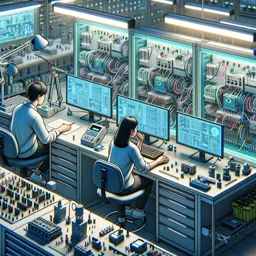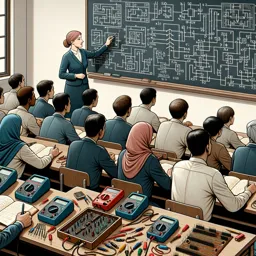Wind energy is one of the most rapidly growing sources of renewable power across the globe. As the demand for clean energy increases, the role of skilled electricians in the installation, maintenance, and repair of wind energy systems becomes more crucial than ever. One of the foundational pillars supporting this emerging field is a strong emphasis on safety protocols.
Unique Challenges in Wind Power Projects
Electricians working on wind farms encounter unique challenges not present in typical electrical installations. Wind turbines are tall, often located in remote areas, and subject to high voltages. Such environments require detailed risk assessment and adherence to specialized safety standards.
Essential Personal Protective Equipment (PPE)
Electricians must use specific PPE when working on wind turbines, including insulated gloves, fall protection harnesses, helmets, and flame-resistant clothing. These items reduce risks associated with electrical hazards, mechanical equipment, and the physical demands of climbing tall structures.
Lockout/Tagout (LOTO) Procedures
One of the most critical safety measures is the lockout/tagout procedure. Before conducting maintenance, all energy sources must be isolated and locked out to prevent accidental energization. Strictly following LOTO procedures is vital for protecting personnel against electrical shock and moving parts.
Rescue Training and Emergency Preparedness
Given the heights and remote locations, wind energy electricians must undergo rescue and emergency training. This includes practicing evacuation drills and using rescue equipment designed for confined and elevated spaces. Being prepared for emergencies ensures rapid and safe response in case of accidents.
Conclusion
Safety in wind energy installations is a non-negotiable aspect of a successful career for electricians. Embracing industry-specific safety guidelines not only protects workers but also supports the reliable and sustainable expansion of wind power. For electricians eager to specialize in this sector, comprehensive safety training is the first step toward opportunity and innovation in renewable energy.
































